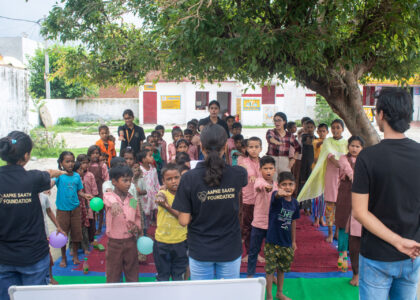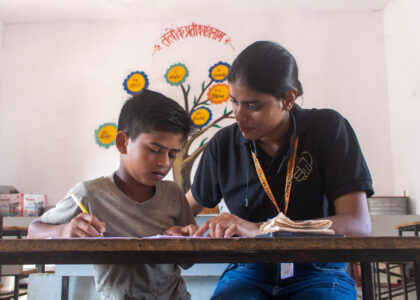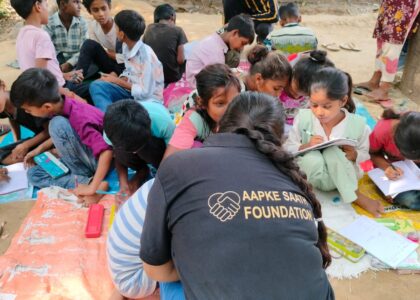Why Slum Education Needs Life Skills – Not Just Books
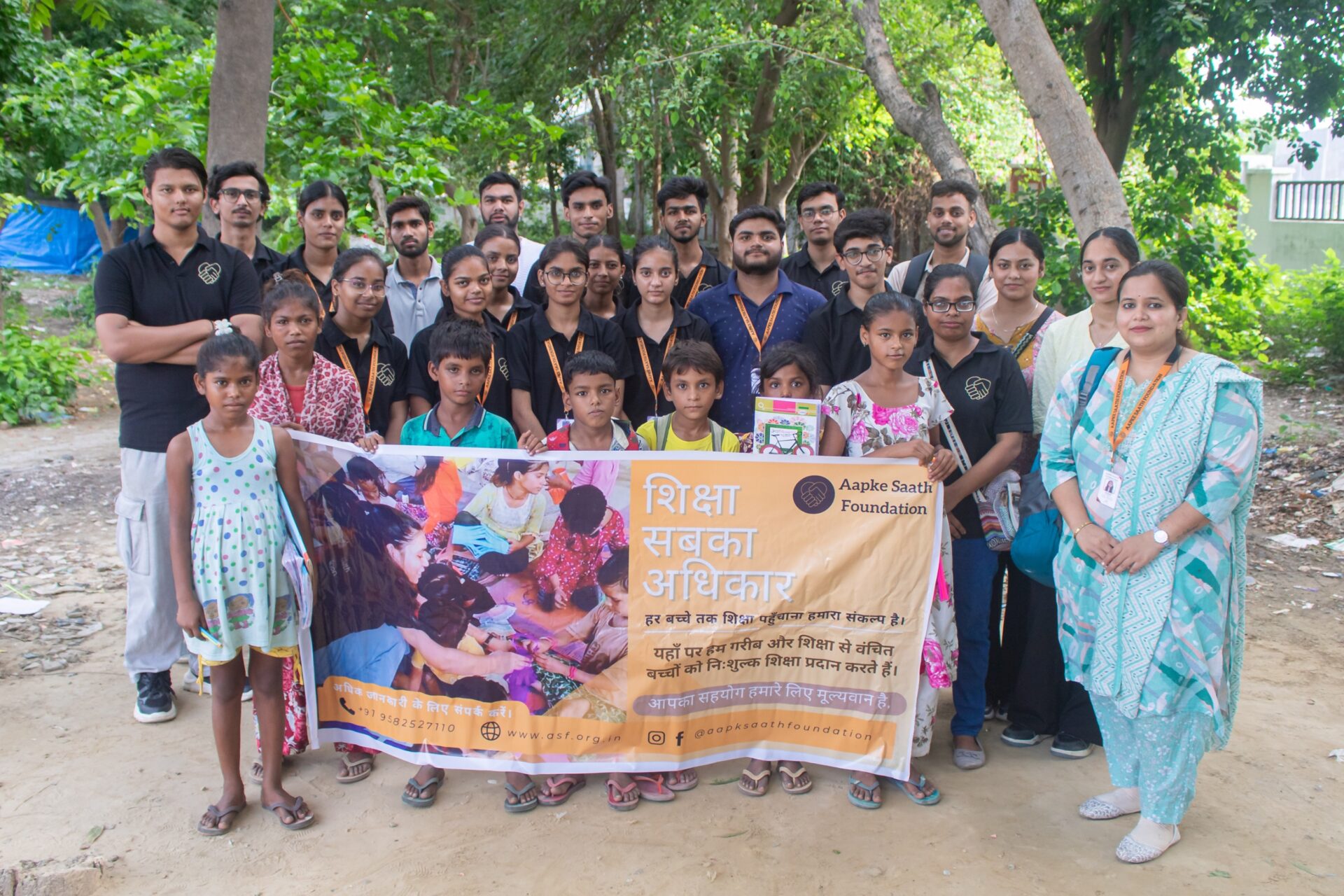
📘 Introduction: Why Books Alone Aren’t Enough in Slums
In slum areas, education often means learning ABCs and 123s on worn-out blackboards. But once the school bell rings, children return to tough realities—unsafe streets, broken homes, and daily survival.
So the big question is:
Can books alone prepare children for life in the slums?
The answer is no.
Children also need life skills—practical tools to face challenges, stay safe, and grow with confidence.
💡 What Are Life Skills & Why Are They Crucial for Slum Kids?
Life skills are basic abilities that help children make smart choices, solve problems, handle emotions, and communicate better. These include:
- ✅ Safety Awareness – Knowing how to protect themselves
- ✅ Decision-Making – Choosing what’s right and safe
- ✅ Communication – Expressing feelings and needs clearly
- ✅ Emotional Strength – Managing anger, fear, or sadness
- ✅ Self-Awareness – Understanding their strengths and values
- ✅ Problem-Solving – Tackling daily challenges
- ✅ Teamwork – Working with others respectfully
For children in slums, these are not optional—they are survival skills.
🌟 Real Story: How Life Skills Saved Sunita
Sunita, 13, lives in a Delhi slum. One day, a man tried to lure her with sweets. But thanks to her life skills class, she trusted her instincts and ran home to tell her mother.
“Books gave her knowledge. Life skills gave her courage.”
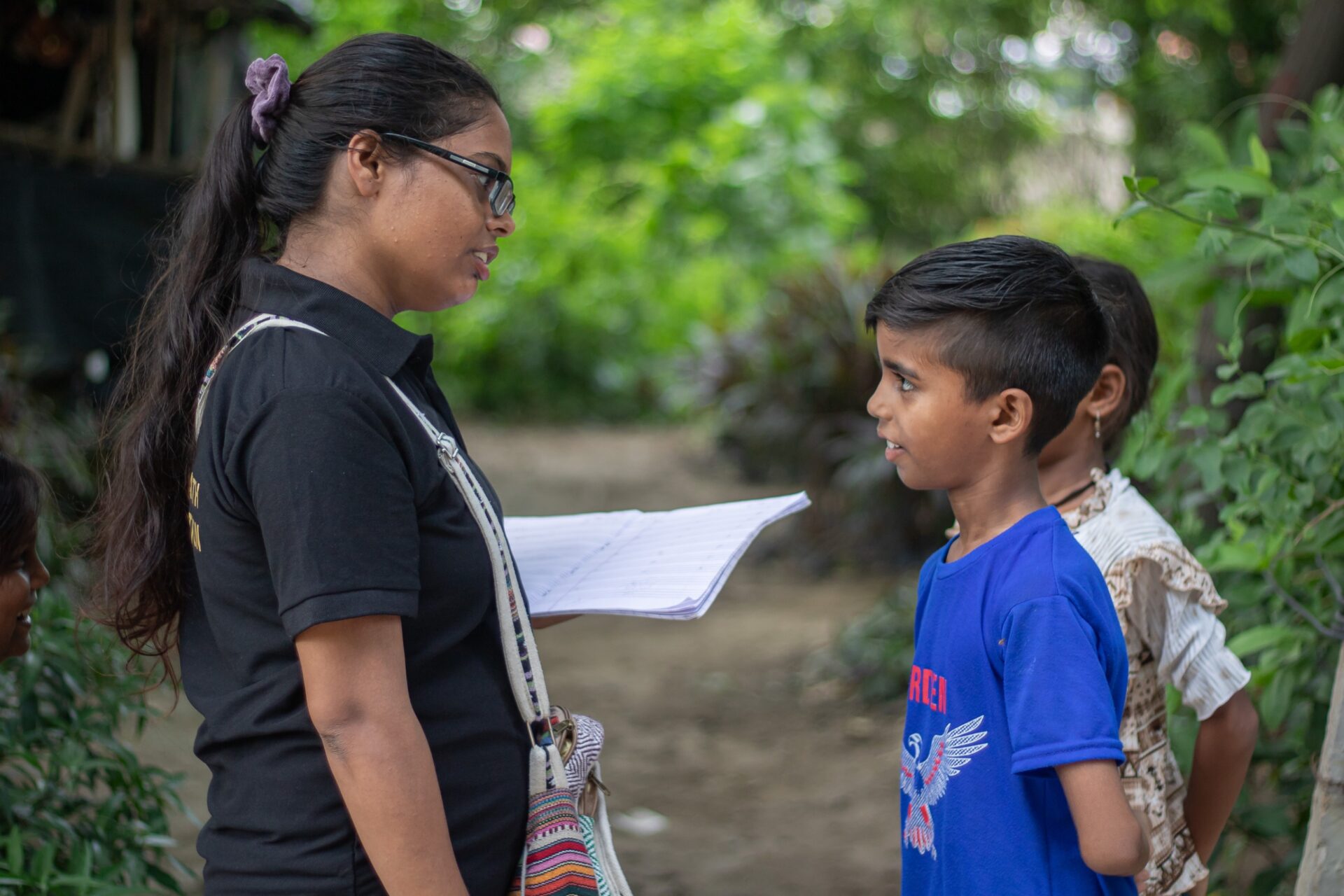
🛡️ 1. Safety Skills – Teaching Kids to Protect Themselves
Children in slums face:
- Unsafe roads
- Abuse or harassment
- Peer pressure to drink, smoke, or steal
Life skills lessons teach:
- Safe touch vs. unsafe touch
- How to say “NO”
- Who to trust
- When and how to ask for help
“My body is mine. I can say NO.”
🗣️ 2. Communication – Helping Kids Speak Up
Many slum kids are shy or afraid to speak.
Life skills build confidence to:
- Express feelings clearly
- Ask questions without fear
- Speak in groups or public
👉 Real Example: A teacher in Bareilly started “Circle Time,” where kids shared one thing about their day. One silent boy finally said:
“I am good at drawing.”
The class clapped—and he smiled.
🧠 3. Problem-Solving – Tackling Real-Life Issues
Everyday problems in slums:
- No water or electricity
- Missing bus fare
- Fights in the locality
In class, children discuss solutions:
“You lost your bus fare—what do you do?”
Options: Ask a teacher, walk with a friend, call home.
😡 4. Handling Emotions – Coping with Anger and Sadness
Children bottle up emotions that turn into fights or tears.
They learn to:
- Name feelings (“I feel sad”)
- Use breathing to calm down
- Talk to adults they trust
👉 Rina, 11, learned to say:
“Stop. I don’t like that.”
She now handles teasing without crying.
🌱 5. Self-Awareness – Helping Kids Know Their Strengths
Children draw a “Tree of Me”:
- 🌿 Roots = Family
- 🌿 Trunk = Strengths
- 🌿 Branches = Dreams
It helps them dream beyond their surroundings.
🤝 6. Teamwork – Learning to Trust and Share
In survival mode, children may cheat or fight.
Life skills teach:
- Sharing materials
- Listening to others
- Solving problems as a team
👉 In one clean-up project, a boy said:
“When we work together, we can do big things.”
⚖️ 7. Decision-Making – Choosing What’s Right
Children often face difficult choices:
- Go to school or earn money?
- Follow bad company or stay safe?
Life skills help them think:
- Is this safe?
- Is this fair?
- What will happen next?
👉 Teachers use stories and ask:
“What would YOU do?”
This teaches them to think before acting.
🔁 Real Story: Akash’s Turnaround
Akash, 12, used to fight daily. After attending life skills sessions, he started helping younger students. He now says:
“I feel better when I help.”
That change didn’t come from a book—it came from life skills.
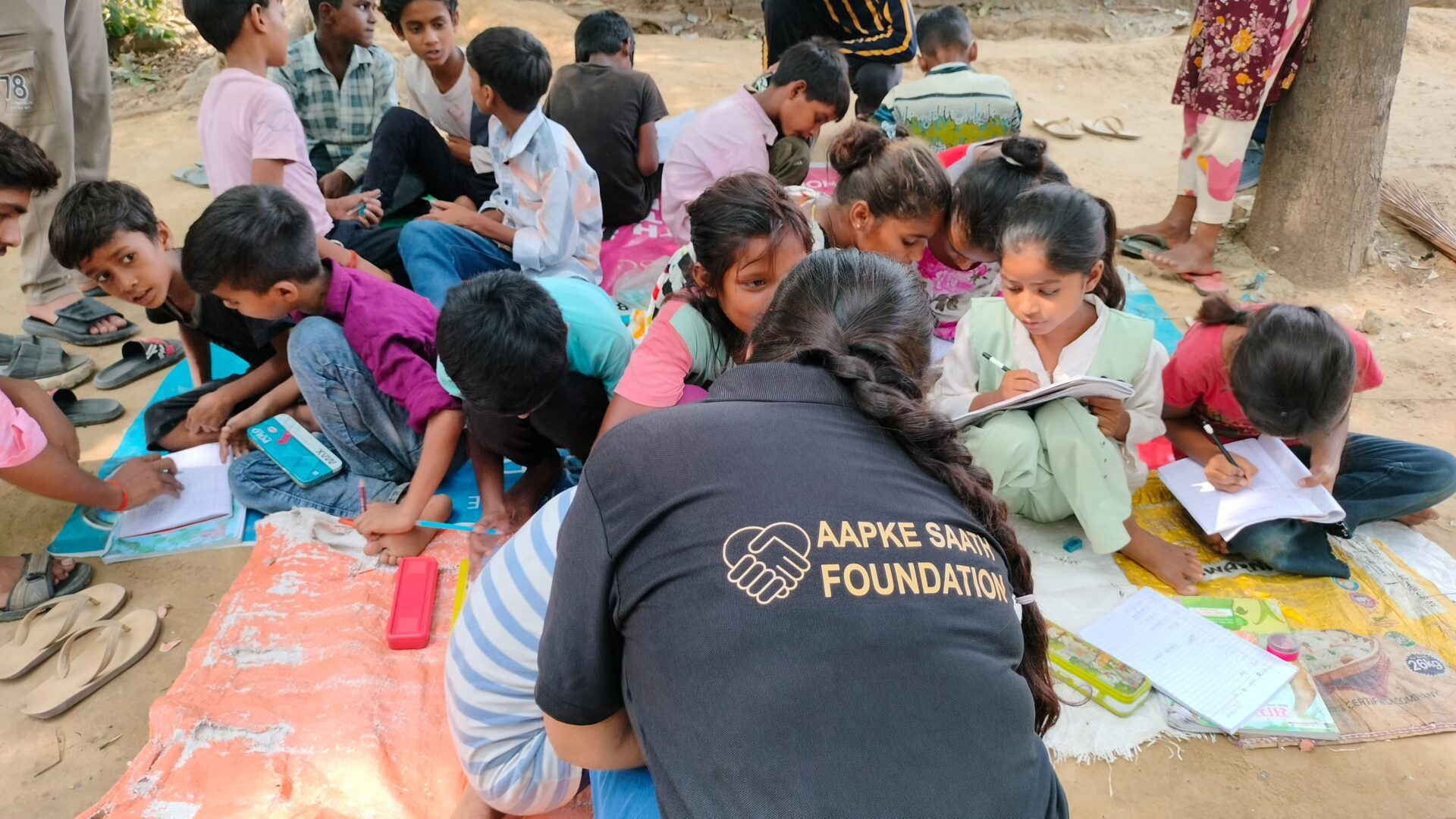
❤️ Why Life Skills Matter Most in Slums
Slum children face:
- Unsafe homes
- Hunger and poverty
- Abuse, addiction, and early work pressure
Books help, but only life skills teach:
- How to say “NO”
- How to stay calm during a fight
- How to dream despite the odds
🏫 What Schools Can Do
✅ Start the day with 10 minutes of life skills discussion
✅ Use role-plays for real-life situations
✅ Celebrate small achievements
✅ Train teachers in empathy and kindness
👏 How ASF Are Changing Lives
Aapke Saath Foundation adding life skills to slum education:
- Confidence-building and communication
- Child safety and hygiene
- Decision-making through stories
🎯 In Noida, a year-long life skills program saw:
- 80% children gained confidence
- 70% improved speaking skills
- 65% handled emotions better
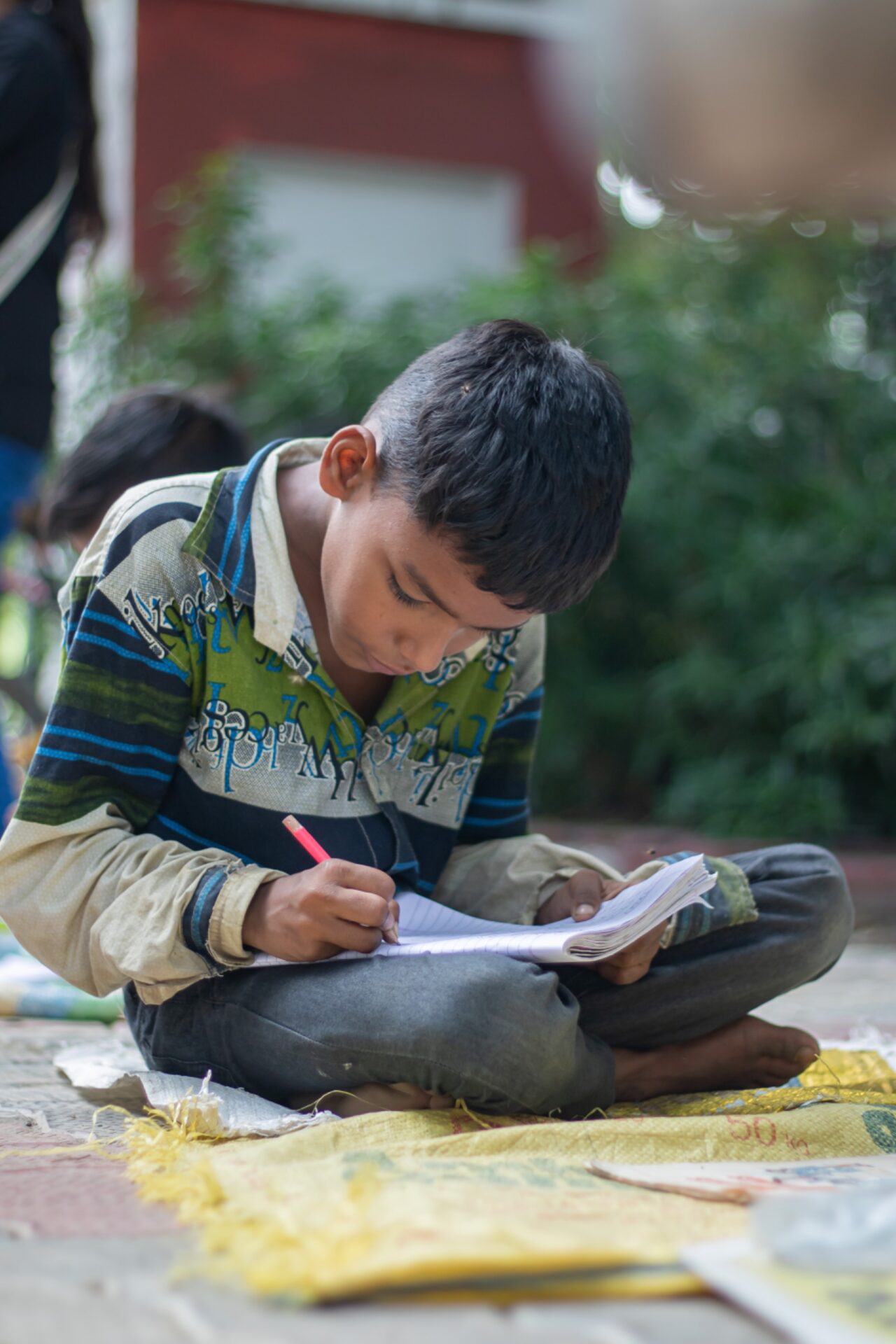
✨ Vision: Real Education for Slum Children
True education must teach children to:
- Stay safe
- Express themselves
- Handle emotions
- Make good decisions
- Dream big
📣 Final Story: Sapna’s Voice
Sapna, 13, used to be too shy to speak her name. After six months of life skills, she stood in assembly and said:
“I want to be a lawyer to help girls like me.”
And everyone clapped.
That moment?
More powerful than any textbook.
FAQ
We provide free education, life skills training, and support to underprivileged children in slum areas. Our programs help them stay in school, stay safe, and build a better future.
Children in slums face daily challenges like abuse, peer pressure, and unsafe environments. Life skills like communication, decision-making, and emotional strength help them handle real-life situations confidently.
Through fun activities like games, role-play, storytelling, and group discussions. Our trained team ensures that learning is engaging and practical.
You can donate, sponsor meals or education, volunteer, or collaborate for CSR projects. Visit www.asf.org.in to get involved.
Yes. We share pictures, videos (if applicable), and updates after every donation or event—so you can feel the joy of giving and see the change you’ve made.

